Aritra Banerjee
SimPatch: A Nearest Neighbor Similarity Match between Image Patches
Aug 07, 2020



Abstract:Measuring the similarity between patches in images is a fundamental building block in various tasks. Naturally, the patch-size has a major impact on the matching quality, and on the consequent application performance. We try to use large patches instead of relatively small patches so that each patch contains more information. We use different feature extraction mechanisms to extract the features of each individual image patches which forms a feature matrix and find out the nearest neighbor patches in the image. The nearest patches are calculated using two different nearest neighbor algorithms in this paper for a query patch for a given image and the results have been demonstrated in this paper.
Machine Learning for Health: Personalized Models for Forecasting of Alzheimer Disease Progression
Aug 05, 2020



Abstract:In this thesis the aim is to work on optimizing the modern machine learning models for personalized forecasting of Alzheimer Disease (AD) Progression from clinical trial data. The data comes from the TADPOLE challenge, which is one of the largest publicly available datasets for AD research (ADNI dataset). The goal of the project is to develop machine learning models that can be used to perform personalized forecasts of the participants cognitive changes (e.g., ADAS-Cog13 scores) over the time period of 6,12, 18 and 24 months in the future and the change in Clinical Status (CS) i.e., whether a person will convert to AD within 2 years or not. This is important for informing current clinical trials and better design of future clinical trials for AD. We will work with personalized Gaussian processes as machine learning models to predict ADAS-Cog13 score and Cox model along with a classifier to predict the conversion in a patient within 2 years.This project is done with the collaboration with researchers from the MIT MediaLab.
Emotion Generation and Recognition: A StarGAN Approach
Oct 12, 2019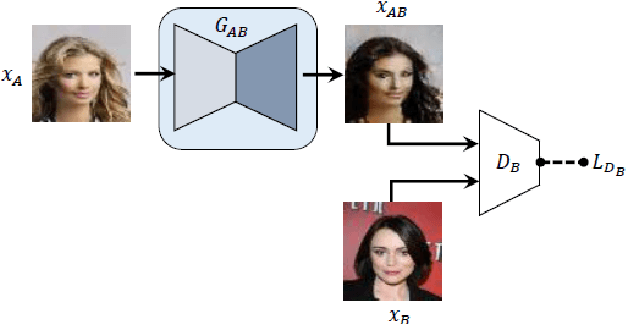
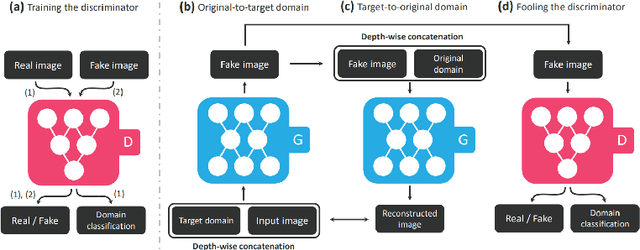
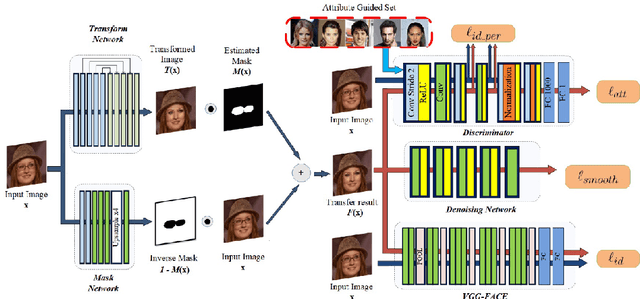
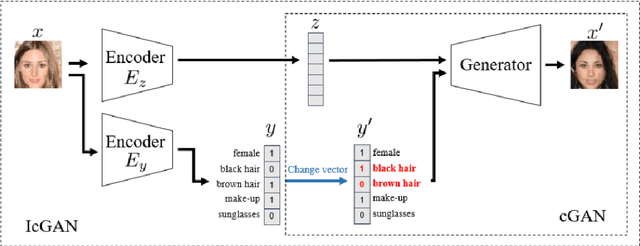
Abstract:The main idea of this ISO is to use StarGAN (A type of GAN model) to perform training and testing on an emotion dataset resulting in a emotion recognition which can be generated by the valence arousal score of the 7 basic expressions. We have created an entirely new dataset consisting of 4K videos. This dataset consists of all the basic 7 types of emotions: Happy, Sad, Angry, Surprised, Fear, Disgust, Neutral. We have performed face detection and alignment followed by annotating basic valence arousal values to the frames/images in the dataset depending on the emotions manually. Then the existing StarGAN model is trained on our created dataset after which some manual subjects were chosen to test the efficiency of the trained StarGAN model.
Extension of Max-Min Ant System with Exponential Pheromone Deposition Rule
Nov 02, 2008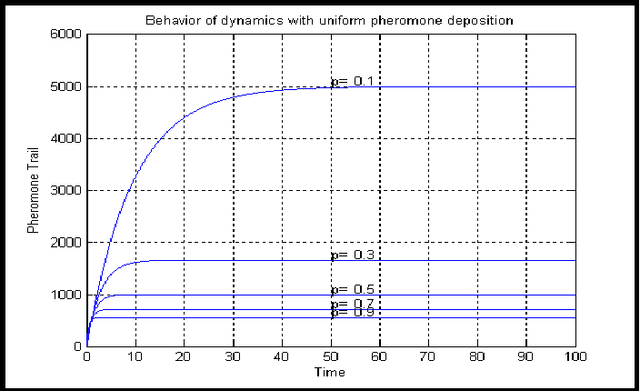
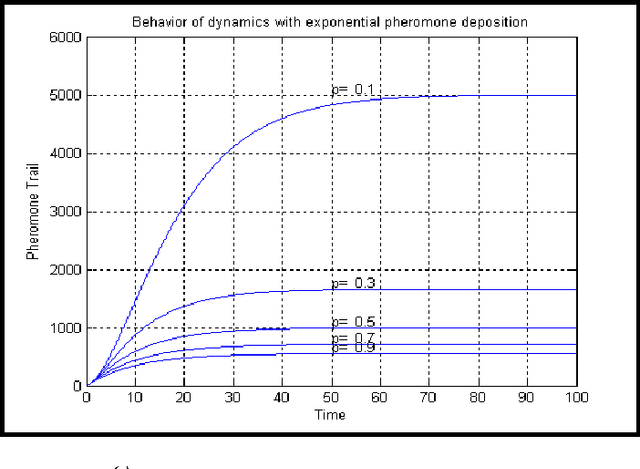
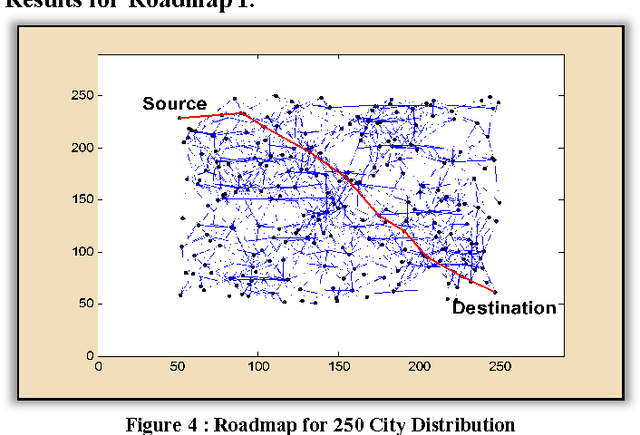
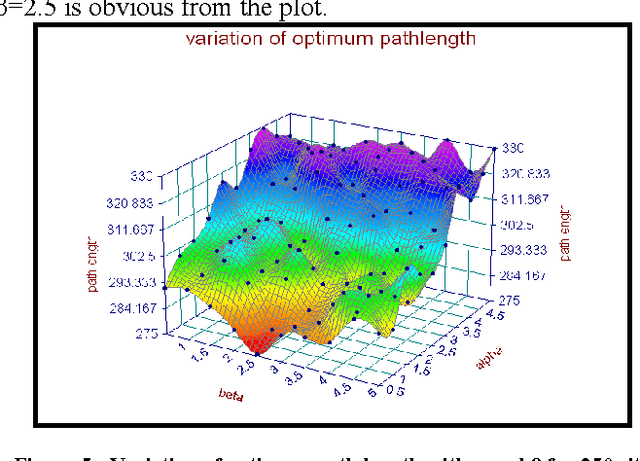
Abstract:The paper presents an exponential pheromone deposition approach to improve the performance of classical Ant System algorithm which employs uniform deposition rule. A simplified analysis using differential equations is carried out to study the stability of basic ant system dynamics with both exponential and constant deposition rules. A roadmap of connected cities, where the shortest path between two specified cities are to be found out, is taken as a platform to compare Max-Min Ant System model (an improved and popular model of Ant System algorithm) with exponential and constant deposition rules. Extensive simulations are performed to find the best parameter settings for non-uniform deposition approach and experiments with these parameter settings revealed that the above approach outstripped the traditional one by a large extent in terms of both solution quality and convergence time.
Balancing Exploration and Exploitation by an Elitist Ant System with Exponential Pheromone Deposition Rule
Nov 02, 2008



Abstract:The paper presents an exponential pheromone deposition rule to modify the basic ant system algorithm which employs constant deposition rule. A stability analysis using differential equation is carried out to find out the values of parameters that make the ant system dynamics stable for both kinds of deposition rule. A roadmap of connected cities is chosen as the problem environment where the shortest route between two given cities is required to be discovered. Simulations performed with both forms of deposition approach using Elitist Ant System model reveal that the exponential deposition approach outperforms the classical one by a large extent. Exhaustive experiments are also carried out to find out the optimum setting of different controlling parameters for exponential deposition approach and an empirical relationship between the major controlling parameters of the algorithm and some features of problem environment.
 Add to Chrome
Add to Chrome Add to Firefox
Add to Firefox Add to Edge
Add to Edge